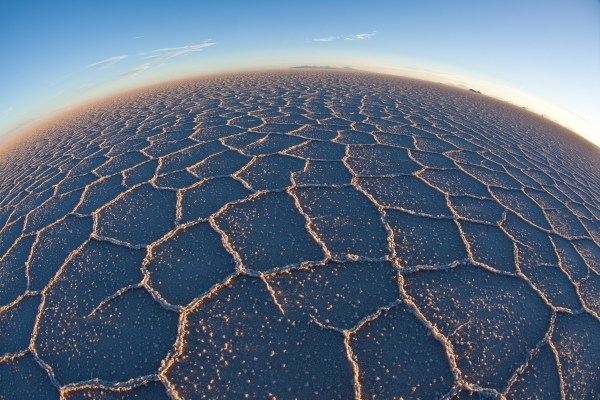
AquaLith has its eye on a billion-dollar market opportunity: new types of battery cell components that don’t rely on the scarce metals normally used in lithium-ion battery packs, which are increasingly in demand with the rise of electric vehicles.
According to McKinsey & Company, revenues along the lithium-ion battery value chain will grow from $85 billion in 2022 to over $400 billion in 2030, with active materials and cell manufacturing possibly having the largest revenue pools.
With an exclusive license from the University of Maryland based on the work of lithium-ion battery researchers Chunsheng Wang and Kang Xu, AquaLith is working to create, in the company’s words, “denser, cheaper and safer” batteries by transforming their major components: the negative anode, the positive cathode, and the electrolyte that transfers ions between the two electrodes.
Cathodes currently account for about 40% of the cost of battery materials. AquaLith, which is part of TechCrunch Disrupt’s Startup Battlefield 200 this year, replaces the need for nickel and cobalt in cathodes with raw materials that are much easier to access and process while still providing high energy density. This cobalt-free cathode technology, which can reduce the cost of the cathode by more than 50%, could appeal to EV makers that are vulnerable to China’s control over battery component supply as geopolitical tensions intensify.
“We have a high energy density cathode that has much simpler materials that go into it, materials that are available anywhere in the world,” explained Greg Cooper, founder and CEO at AquaLith.
“Cobalt is not widely available around the world. The best cobalt mines are in Congo, so there’s a supply chain constraint there. A lot of Chinese companies control the cobalt mines, so there’s worry in some parts of the world about access to those materials. We have a cathode that gets rid of the need for those materials, but still has very high energy density,” he added.
Then there are anodes. Instead of the typical material of graphite, AquaLith makes anodes with silicon microparticles, which, according to Cooper, can reduce the cost of the anode by more than 75% while improving the energy density by more than 40%. Its competitors use some form of nanosilicon, which is significantly more expensive.
Lastly, the company attempts to make batteries safer by replacing the organic solvent-based electrolyte with a water-based electrolyte, which is nonflammable.
“When you start to have a parking garage filled with EVs or a bus depot or cargo ship filled with electric vehicles, then you have to worry a lot,” the founder said.
Historically, a battery cell component maker like AquaLith would be selling to battery makers, but the startup has plans to offer its products to automakers within the next year as automakers are becoming battery makers themselves. The idea is to get into their development cycle early so the car manufacturers can start testing AquaLith’s materials for integration into future products.
“We will begin with the automakers in the next year because they determine the key requirements for acceptance into automotive. We will also be approaching other battery makers after initially engaging with the automakers,” Cooper said.
Looking ahead, AquaLith plans to raise $5 million in 2023 and boost its total funding to $10 million next year and $20 million the year after.
>>> Read full article>>>
Copyright for syndicated content belongs to the linked Source : TechCrunch – https://techcrunch.com/2023/09/22/aqualith-might-have-an-answer-to-the-us-battery-material-shortage-problem/
